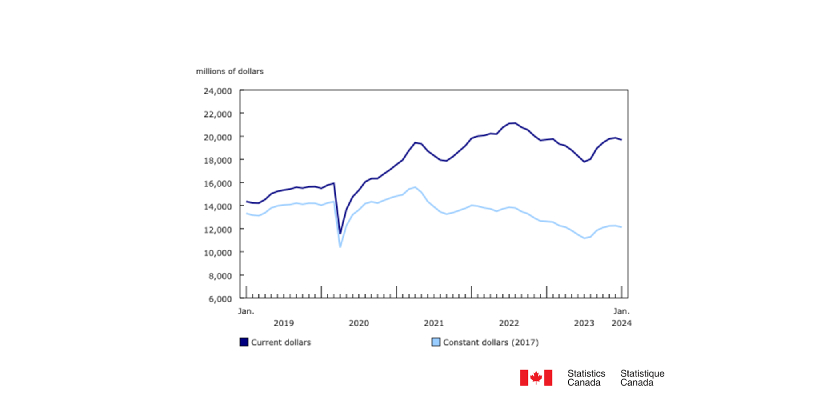HPS Announces the Arrival of New Energy Efficient Transformers
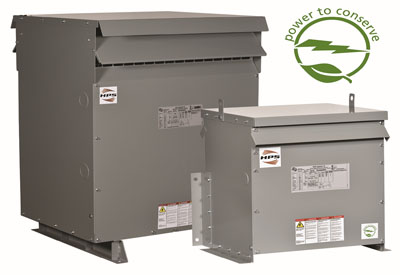
October 23, 2017
Hammond Power Solutions (HPS), North America’s leading manufacturer of dry-type transformers and magnetics, has announced the availability of a new complete line of Energy Efficient low voltage & medium voltage distribution transformers and energy efficient drive isolation transformers to meet the latest energy efficiency regulations in Canada.
Natural Resources Canada (NRCan) has established new energy efficiency levels for transformers in Canada that are planned to become effective later in 2018. The new NRCan regulation SOR/2016-311 Amendment 14 is intended to align the minimum energy efficiency levels of dry-type transformers sold in Canada with the latest regulations prescribed by the U.S. Department of Energy (DOE) that were implemented January 1st, 2016. As of January 1s, 2018, Ontario will became the first province to adopt the new NRCan energy efficiency levels mandated by the Ontario Reg. 404-12 legislation which amended the Ontario Green Energy Act of 2009 currently in effect. Other provinces are expected to adopt the new NRCan efficiency levels in the second half of 2018.
In addition to continuing to offer standard efficiency products that meet the current CSA C802.2 standards, we are adding a variety of new product lines that comply with the new NRCan energy efficiency regulations: – HPS Sentinel G, K and H to serve our customer’s needs in General Purpose, K Rated and Harmonic Mitigating applications – HPS Express G, a cost-effective solution for the commercial market – HPS Tribune E for Drive Isolation applications, and – HPS Millennium G (up to 5 kV) and E (up to 35 kV) for Medium Voltage applications
Hammond Power Solutions is proud to support the latest NRCan energy efficiency regulations for dry-type transformers. The new products offered by HPS come with several environmental, economic and installation/application benefits.


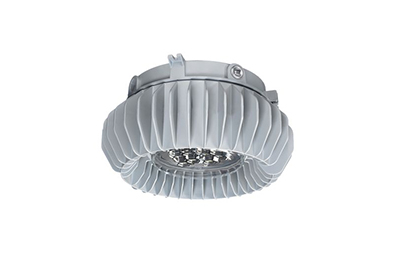
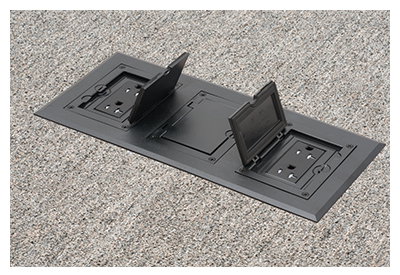


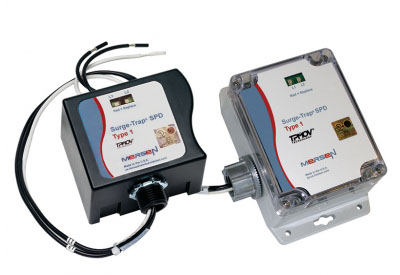
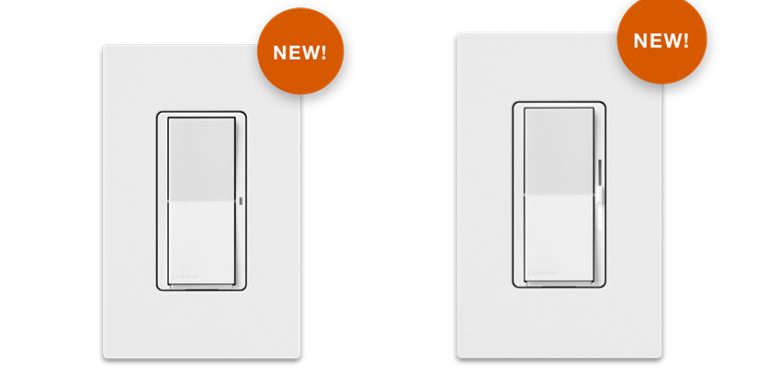

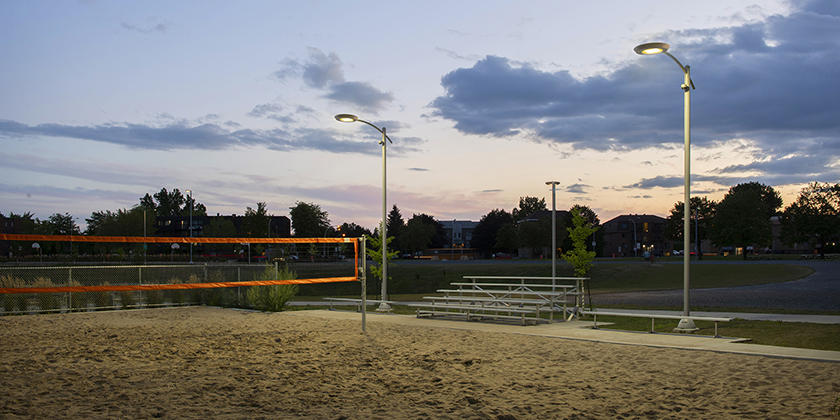
![Guide to the Canadian Electrical Code, Part 1[i], 26th Edition – A Road Map: Section 10 – Grounding and Bonding](https://electricalindustry.ca/wp-content/uploads/2022/11/Guide-CE-Code-2.png)
